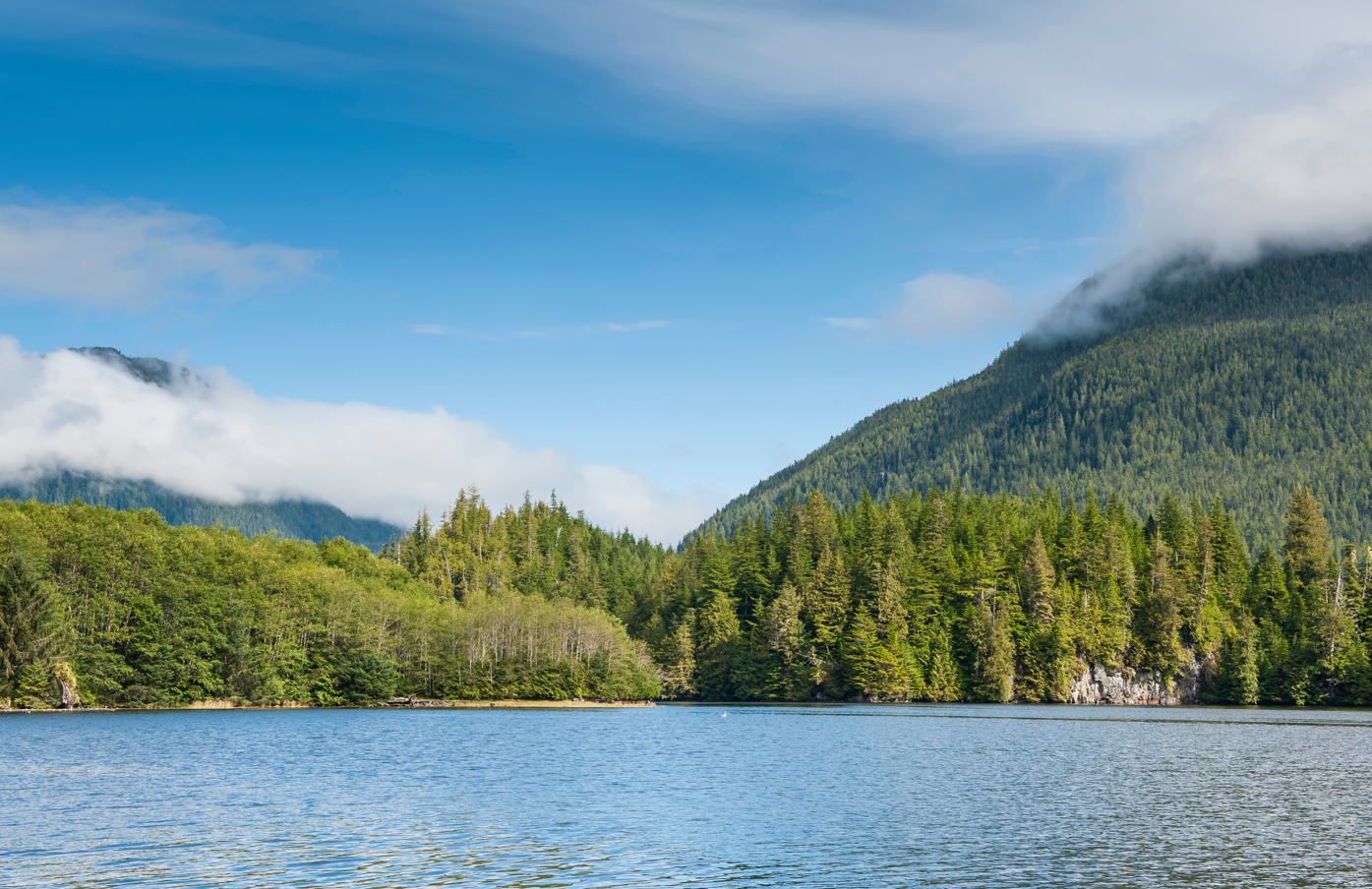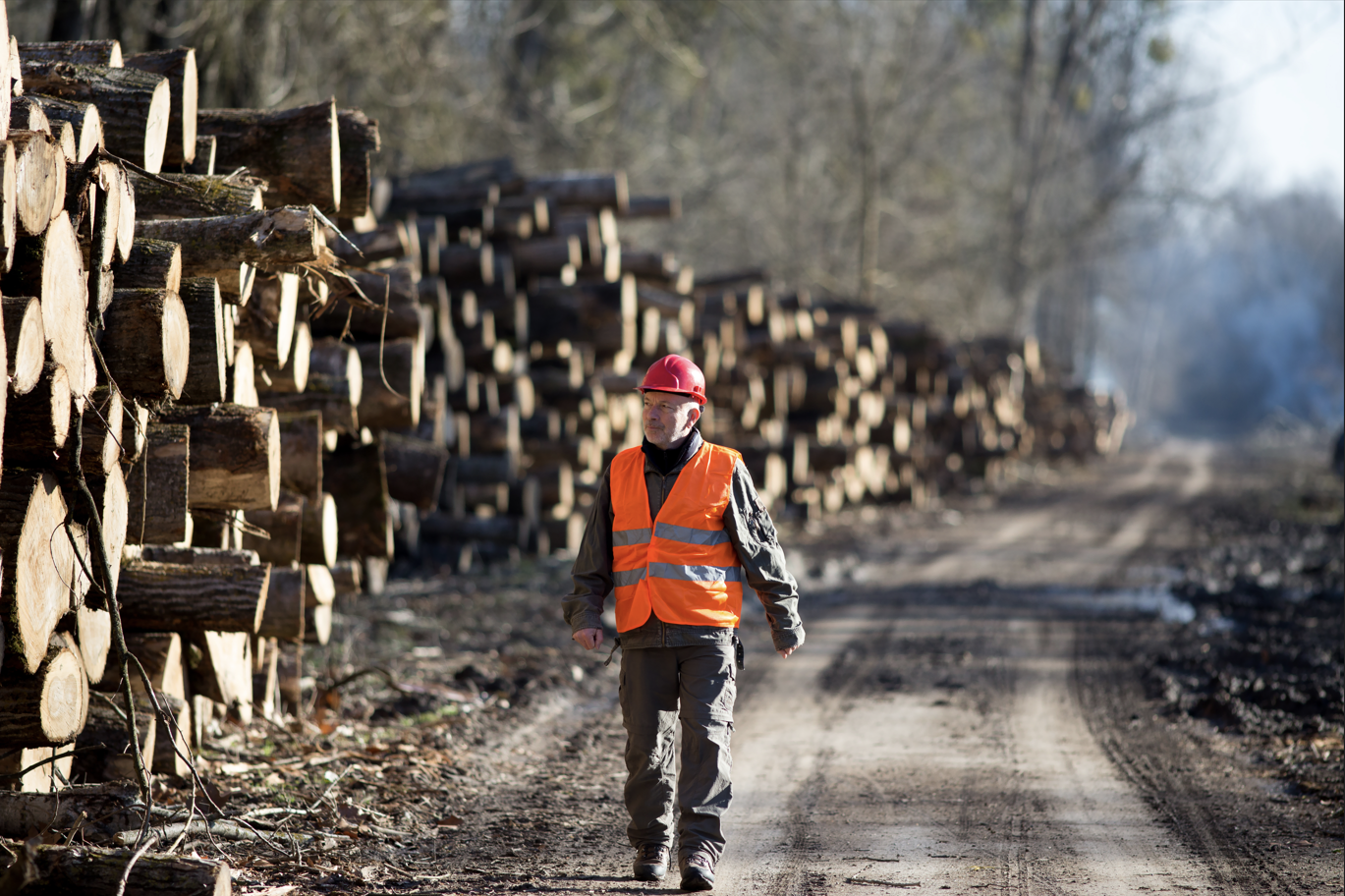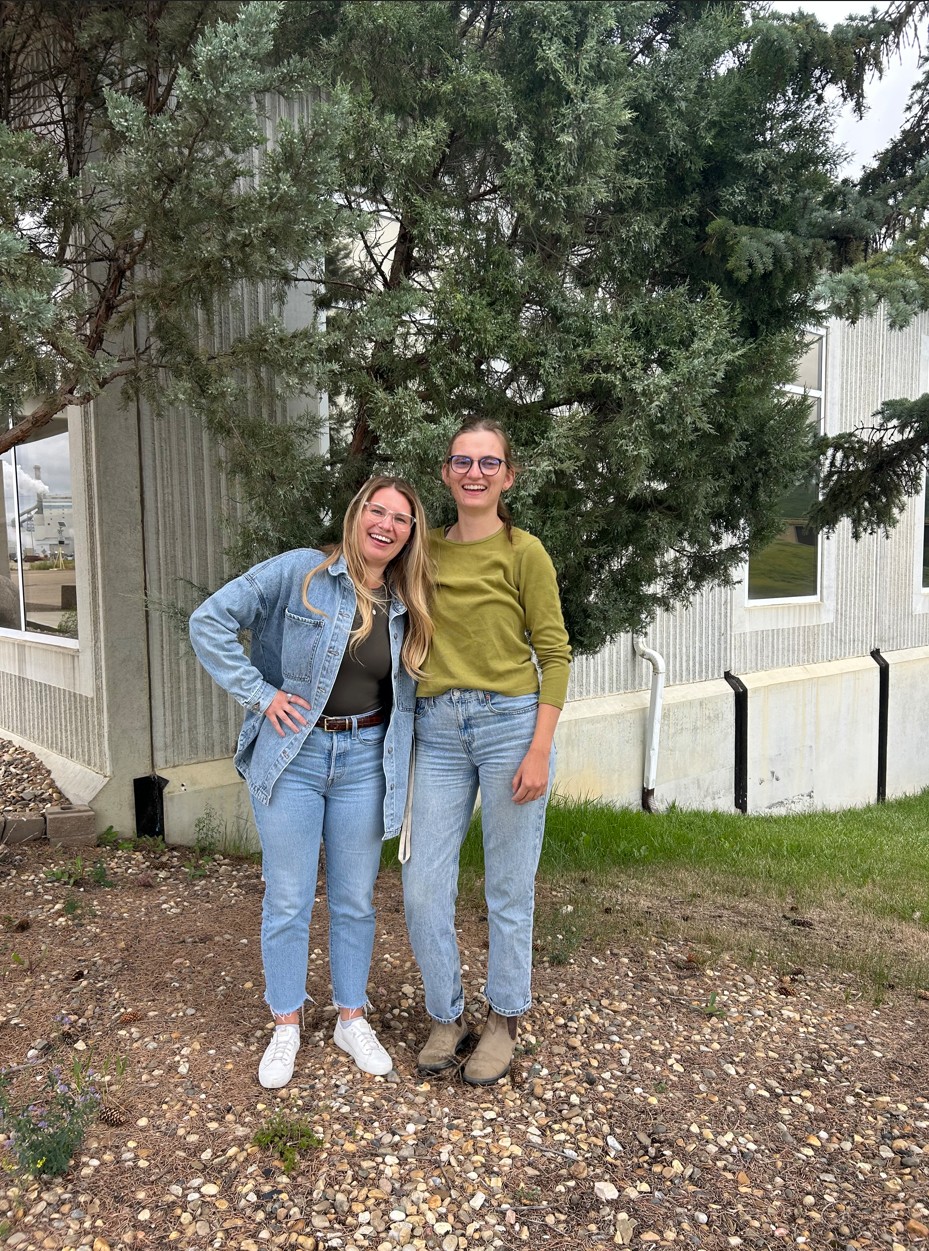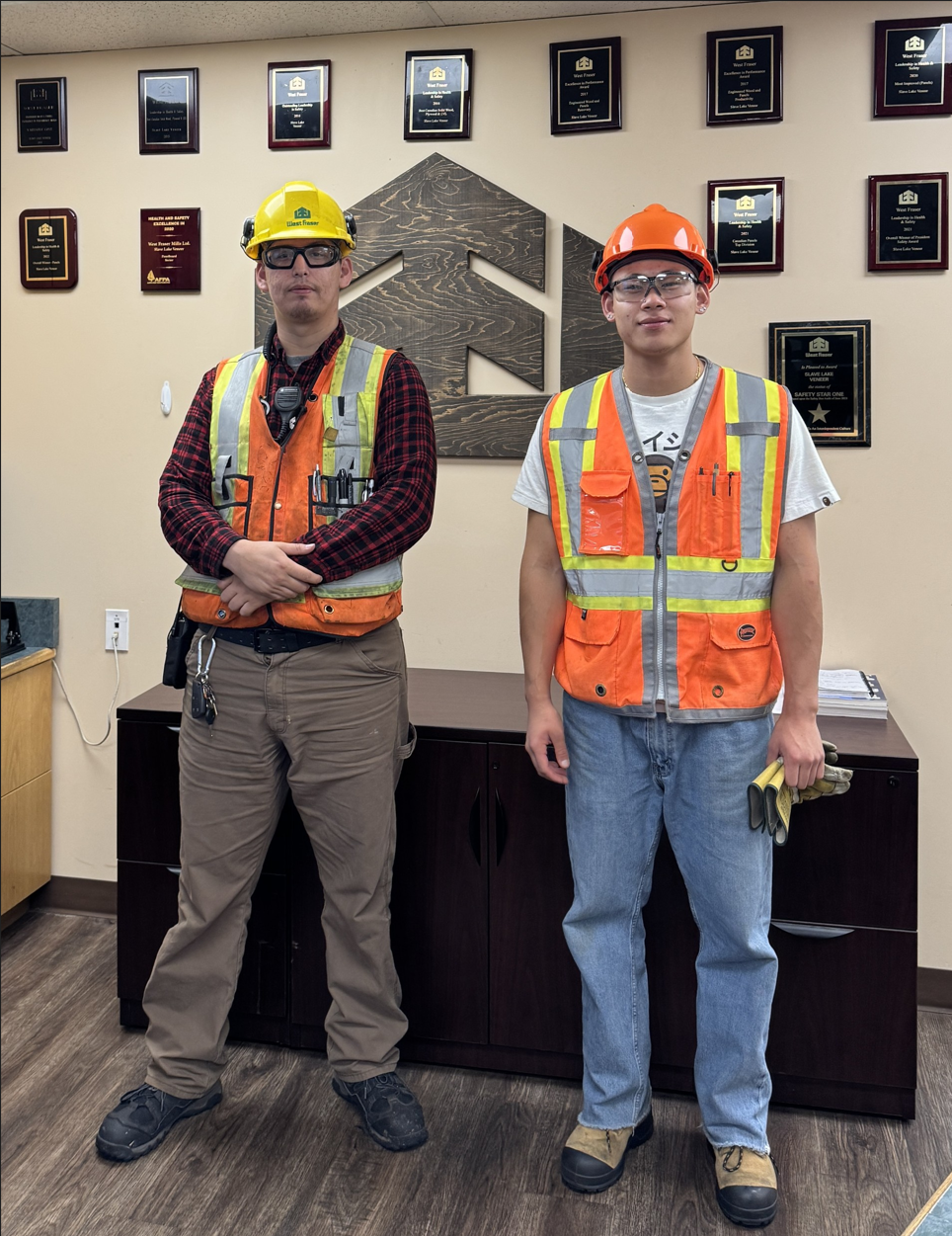As someone who lives in Alberta, I am no stranger to wildfires. Although I know wildfires are an integral part of the forest life cycle, they can have devastating impacts. With the current situation in Jasper, being just a few hours from my hometown and somewhere I would often visit to hike, paddle board, cliff jump, and explore, I wanted to write this entry about how wildfires impact the forestry industry and communities.

I spoke with a colleague specializing in silviculture who spends much of their time in the field helping replant wildfire affected areas. Forest fires can burn large areas of both future planned and regenerating cut blocks, which are often lost and become unsuitable for harvesting. However, many companies, including ANC, engage in “fire salvage” operations to these blocks to utilize every tree possible, even though this can lead to a decline in the log quality. Decrease in log quality negatively affects mills, similar to any reduction in resource quality. Additionally, fires disrupt planting blocks life cycle as young trees who haven’t matured to produce seeds are destroyed. These blocks must be replanted at an increased cost to the company in buying more seedlings and additional labor to replant.
Along with the decrease in log quality and harvestable cut blocks, wildfires also affect the harvesting process and silviculture planning. The forestry industry peaks in the spring and summer, where early and carry-over wildfires can significantly disrupt harvesting times and locations, forcing companies to adapt to affected areas. This disturbance can lead to a loss of profit as original planting plans cannot be followed. There is also a reduction on Forest Management Areas (FMA), smaller harvestable cut blocks, impacting both the current and potentially future harvest seasons. While wildfires can enhance diversity in affected areas, they can pose large, negative economic consequences for businesses from allocated additional costs to recover from the effects of the incident.

Sadly, as of today (7/25/24) Jasper is experiencing a devastating wildfire that has destroyed a significant amount of their town. The destruction goes far beyond homes and infrastructure, leaving deep and lasting impacts on the community. Wildfires can destroy local economies and ruin many small businesses, causing a strain on residents. Essential services such as water and power are often lost, complicating the rebuilding process. Surrounding communities also experience second-hand effects of wildfires. In Whitecourt, which is 267km away, the smoke is so heavy that it is hard to stay outside for long periods of time and blocks the sunlight.


Along with the environmental effects, surrounding communities also serve as a refuge for those displaced by wildfires. Over 25,000 people were evacuated from Jasper, which reminds me of last summer when evacuees from as far as the Northwest Territories came to Whitecourt amidst fires across western provinces. Our community banded together to provide hotels to stay at and daily meals at the Allan and Jean Millar Centre in support of those displaced. Having witnessed the effects of wildfires on both affected communities and their residents, I now prepare a go-bag each summer, anticipating that my community might be the next to face such a crisis. As these communities work to rebuild, they must confront both physical and emotional damage, and it is our collective responsibility to offer support during these times.
Although wildfires cannot be stopped, they can be prevented, and it is our job to spread awareness. Community education is crucial, informing neighbors, friends, and family about fire safety practices can help avoid the physical and emotional scars caused by these events. Let’s work together to avoid the economical, emotional and environmental impacts of wildfires.










.jpeg)

